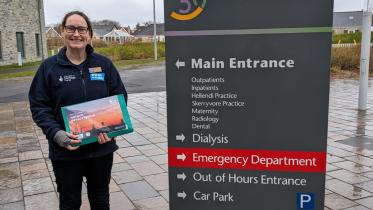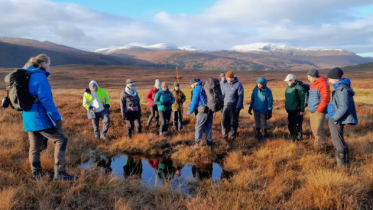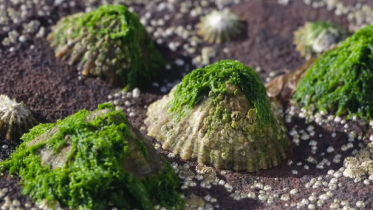
Red grouse and licensing
All land used to kill or take red grouse must be licenced
The licence for land used to kill or take red grouse was introduced in the Wildlife Management & Muirburn (Scotland) Act 2024.
Who can apply
The land on which red grouse may be killed or taken must be licenced. This applies to both walked-up and driven grouse shooting.
The licence holder must be the owner or occupier of the land. An occupier is someone who has shooting rights on the land. For example, a sporting tenant.
It is illegal to shoot or take red grouse from an area without a licence.
Applying for a licence: step-by-step
An application form is currently in development and will be launched soon. We have provided some guidance on what to expect.
Step 1: Before you start
The application for a licence for land which may be used to kill or take red grouse will be a simple online process. The first page will set out everything you need to complete the application:
- grid reference within the landholding
- map showing the landholding boundary and area over which you have the right to kill or take red grouse
- Code of Practice which you must agree to comply with
Step 2: Licence holder details
You will be asked to provide some details about the licence holder:
- full name or organisation name
- contact details including email address
- postal address (for correspondence)
The licence holder must be the owner and/or occupier of the land. An occupier is someone who has the right to kill or take red grouse over the land.
The licence holder can be an individual or an organisation (a trust, a business or a partnership).
You can apply on behalf of someone else with their permission.
Step 3: Understanding when a licence may be suspended or revoked
You will be asked to confirm you understand the circumstances when a licence may be suspended or revoked. This page will include a list of the relevant offences as set out in the Wildlife Management and Muirburn (Scotland) 2024 Act which could lead to a licence being revoked or suspended. This is a simple tick box.
Step 4: Landholding details
You must provide:
- Landholding name – for example: the farm or estate name
- Grid reference – this should be for a point within the landholding and should be between 6 and 12 digits long. For example: NS123456.
- If you have WES Level 2 accreditation – this is not part of the licence assessment but may be considered for compliance monitoring.
- A map which shows the landholding boundary and areas over which you have the right to kill or take grouse – this map must be at an appropriate scale and must be smaller than 10MB. Suggested file types include PDF, JPEG, PNG, MS Word or MS Excel. View example map.
Step 5: Check for errors and confirm the declaration
This is the final stage of the application. You will be shown an overview of the information you have provided. In case of errors, you can change the information before submitting your application. Once you are happy with the information you have provided, you will be asked to confirm:
- the details are correct
- that you will comply with the Code of Practice and licence conditions
- that you agree with the privacy policy of the service
Step 6: What happens once I have submitted my application?
If you are the licence holder, you will receive an email which includes a link to download your licence.
If you have applied on behalf of the licence holder:
- you will receive an email confirming the application has been submitted to the licence holder for approval
- the licence holder will receive an email with a link for them to approve the application
- after the licence holder approves the application, both you and the licence holder will receive an email which includes a link to download your licence
Suspending or revoking a licence
Licences can be taken away in certain circumstances. This may happen if the licence holder – or a person involved in managing the land – commits a relevant offence on the land.
Code of Practice on Grouse Moor Management
The Code of Practice will set out what you must do to ensure that your grouse moor management complies with all the relevant regulations. The Code will also provides links to moorland management best practice guidance. It will be a condition of the licence that you comply with the Code.




